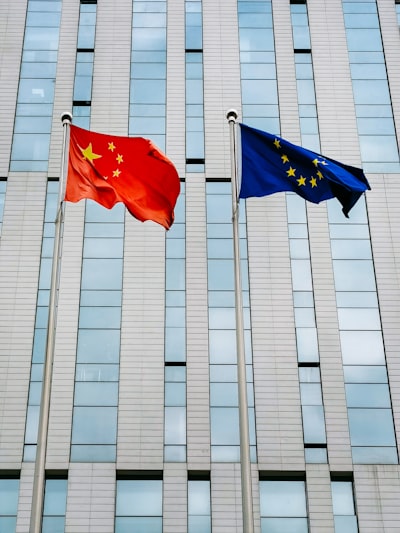Introduction
China–European Union (EU) trade relations refer to the economic, commercial, and strategic interactions regarding trade in goods and services, investment, and regulatory cooperation between the People’s Republic of China and the European Union, which is a political and economic union of 27 member states. These relations are characterized by robust bilateral trade, complex geopolitical considerations, periodic disputes, and frequent negotiations on market access, intellectual property rights, and economic policy coordination.
Historical Background
Formal diplomatic relations between China and the European Economic Community (EEC), the EU's predecessor, were established in 1975. Trade between the two entities has grown substantially since China's economic reforms of the late 1970s and especially following China’s accession to the World Trade Organization (WTO) in 2001. This growth has led the EU to become one of China’s largest trading partners and vice versa.
Trade Volumes and Major Sectors
The EU and China represent two of the world’s major trading entities. According to Eurostat and Chinese customs statistics, annual bilateral trade exceeded €700 billion by the mid-2020s. The most significant sectors of exchange include machinery and transport equipment, chemicals, products of the engineering industry, and luxury goods such as wines and spirits. The EU’s exports to China primarily comprise automobiles, aircraft, and high-quality agro-food products, while imports from China are dominated by electronics, textiles, and machinery.
Trade Disputes and Regulatory Issues
Despite the significant volume of bilateral trade, China–EU relations face recurring disputes related to intellectual property rights, market access, technology transfer, and perceived unfair competition. The EU has occasionally accused China of dumping goods such as steel, solar panels, and, more recently, alcoholic beverages like brandy, on the European market at below-market value. In response, the EU and China have imposed countervailing duties and tariffs, leading to periods of heightened tension and negotiation.
Recent Developments
In the 2020s, trade tensions heightened over a range of issues, including data security, industrial strategy, and the EU's investigation into Chinese subsidies for electric vehicles. In addition, China’s imposition of anti-dumping tariffs on European products, as seen with French brandy, reflects the tit-for-tat nature of trade measures between the two markets. These developments often coincide with diplomatic efforts to de-escalate trade disputes and to negotiate new cooperative frameworks, such as the long-discussed EU–China Comprehensive Agreement on Investment (CAI).
Strategic and Geopolitical Dimensions
Beyond economics, China–EU trade relations are embedded in a broader context involving the United States and other major global actors. The EU’s approach is often described as balancing engagement with China’s vast market with the need to protect European industries and values. Issues such as supply chain resilience, technological sovereignty, and global governance reform continue to shape the evolving China–EU relationship.
Conclusion
China–EU trade relations are integral to the global economy, influencing patterns of trade, investment, and diplomatic engagement worldwide. The complex, multi-faceted nature of this partnership, marked by both mutual benefit and recurring disputes, is expected to remain a central theme in international relations for the foreseeable future.

Comments
No comments yet. Be the first to comment!